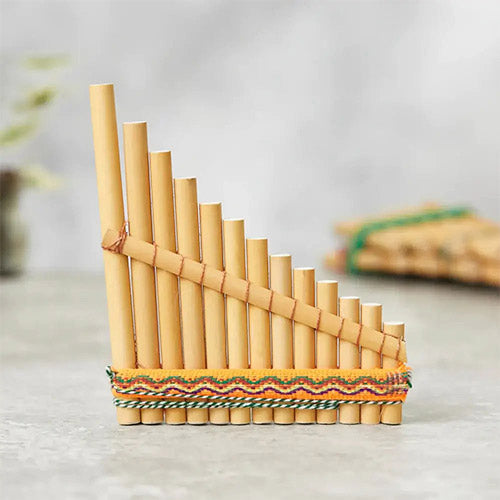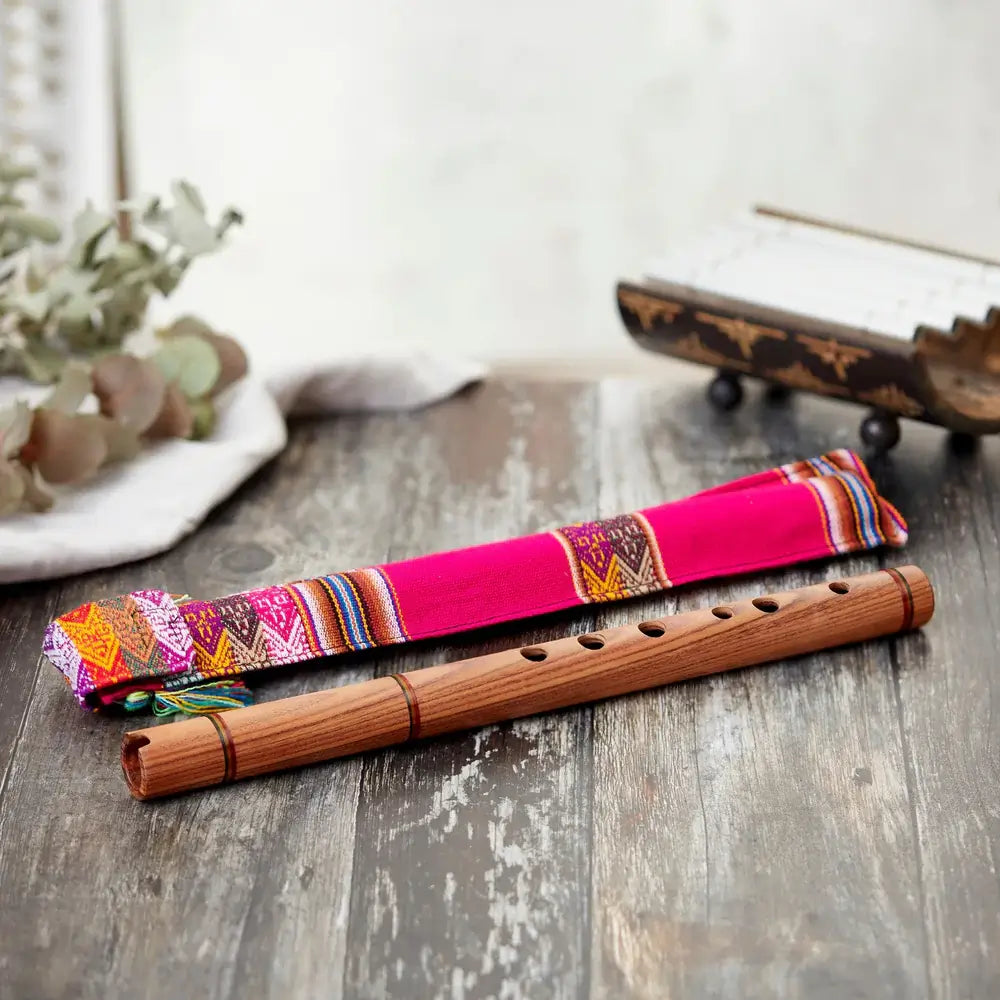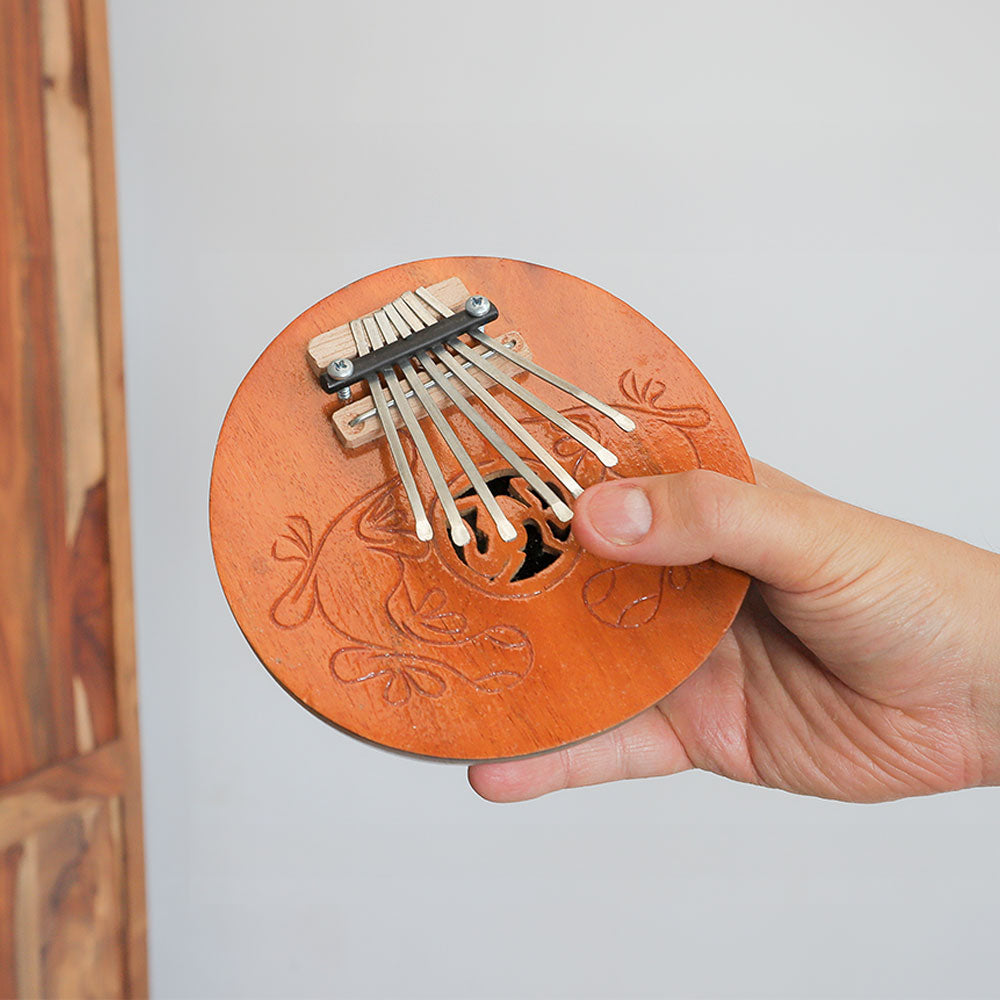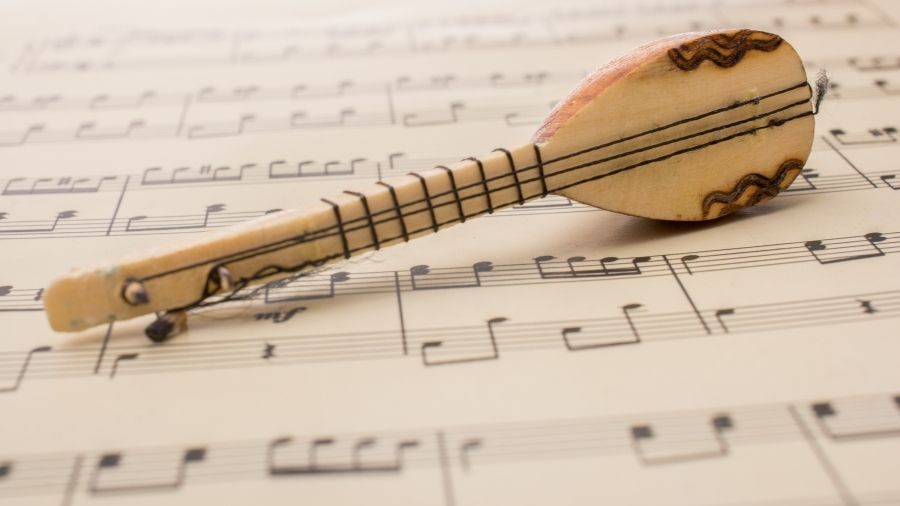The tongue drum is known for its calming sounds and is a perfect choice for musicians who are looking for a tool to enhance meditation and and music. Its relatively easy to learn to play in a basic way but does require a learning curve especially when it comes to creating melodies and combining it with rhythm and timing which are fundametal parts of music theory.
Understanding Your Tongue Drum

A tongue drum is an idiophone with slitted “tongues” cut into its surface—each tuned to a specific note. The body amplifies the vibration when a tongue is struck. Drums range from 7 to 13 tongues and come in metal (bright, resonant) or wood (warm, earthy). Scales include major (uplifting), minor (soothing), and pentatonic (easy improvisation).
Different types of Tongue Drum

There are many different types of Tongue drum, in fact, they come in various sizes, can be made from different materials and can have different scales. Each type will mean that you have a different playing experience. Metal drum offer a bright tone with a long sustain but can also produce slightly harsh mettalic tones wheras wooden instrument produce warmer sounds but do not sustain for as long. The perfect tongue drum for you will depend on your preference to sound. The size of the tongue drum affects the sustain also and can produce more or less reverberation. Larger tongue drums will also be louder than smaller ones.
Notation & Layout
Most tongue drums have letters or numbers on the notes however some do not. The notes for metal tongue drums are typically arranged in a circle and most of the time the notes are not in a logical order like with the piano that has white keys that go up in an alphabetical order. Many follow a layout where odd-numbered notes go to one hand and even to the other.
Playing Techniques

There are two main ways to play the tongue drum, you can do it with your fingers or using two mallets. There are pros and cons to using both. Mallets give a clear tone when the notes are hit correctly which is ideal for beginner players however using the fingers can provide more control and expression as the fingers can hit the notes at different angles which means that each note struck can produce a different sound and tone. For people who are new to playing, the fingers can sometimes mute the sound which is not typically desired.
Building Rhythm & Melody
Start with basic single-note strikes and rhythm patterns like up/down scales or circular motions. Use both hands alternately to build coordination. Thanks to the pentatonic scale, most notes blend harmoniously, making improvisation beginner-friendly.
Your First Melodies

You can use a tuning app to identify the notes on your toungue drum and then you can use sheet music to be able to play familiar songs. We highly recommend starting with easy pieces like nursery rhymes, we have a small selection of sheet music that is available for instant download to help you get started.
Practice Makes Progress
Only 10 minutes of daily practice will help you create steady progress, you can warm up with scales, try experiemnting with the dynamic range, explore sounds created with your fingers and mallets to find your style that is unique to you and of course if you want to take your playing to the next level we would highly recommend our budget sheet music or our in depth ebook that covers everything you need to make great music with your tongue drum.
Want to master the tongue drum at your own pace?
Grab the full "How To Play The Tongue Drum" eBook! It’s packed with step-by-step techniques, video tutorials, and practice routines to transform your play—no matter your skill level. [Click here to get your copy and start making music today.]







